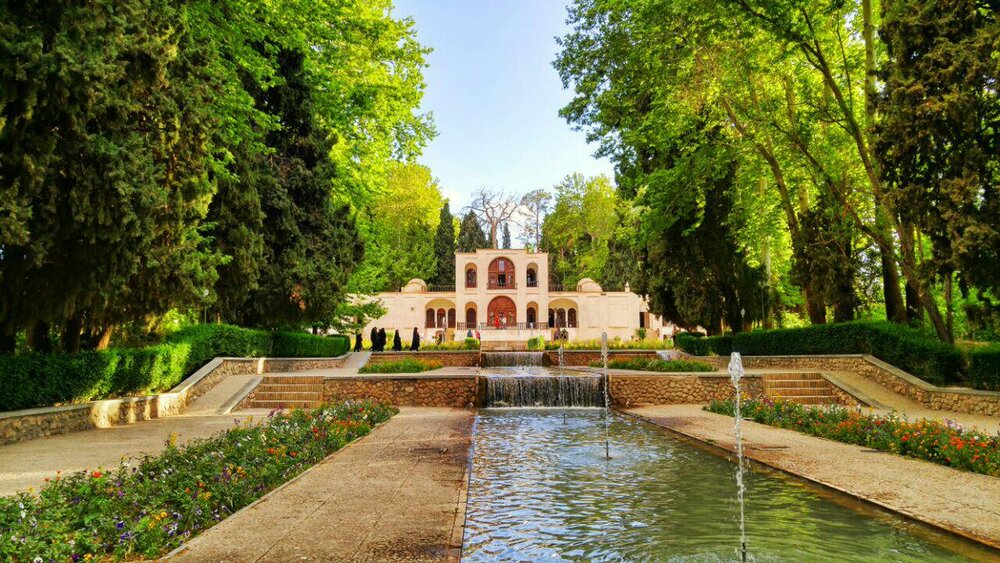Iranian Garden, microcosm of paradise on Earth!

For millennia, Iranian gardens have combined the beauty of nature with the aesthetic qualities of art and architecture to create a symbolic representation of paradise on Earth.
The idea of materializing earthly paradises became a key part of the Iranian culture and spread to other cultures during the Achaemenid Empire (550–330 BC).
Ancient Iranians regarded planting trees as a sacred activity, which gradually evolved into scenic amalgams of agriculture and architecture. Through their constant efforts, ancient Persians came across with more efficient ways in garden designs to survive extreme climatic conditions.
The genuine concept of the Persian Garden, which is a World Heritage, is deeply rooted in time interweaves natural elements with manmade components to embody an idea of creating a paradise on Earth by the means of artistic, philosophical, figurative, and religious notions.
According to Press TV, there are four main elements to the intricate geometric design of Iranian gardens: High walls surrounding the garden to create a protected space for spiritual and leisurely relaxation; a koushk (palace) on the highest point in the middle of the garden; a water pool decorated with tileworks and fountains; one or several water canals for irrigation of the entire green space.
Iranian gardens often integrate the indoor area of the koushk with its surrounding garden through an inner courtyard, with architectural elements such as vaulted arches connecting the two spaces. Such gardens were basically built in front of the water flow coming out of qanats, underground tunnels for transferring of water. The water then circulates in the garden through streams and the pool.
Tall trees such as cedar, pine and plane surround the pool and streams, creating an extensive shadow which prevents water evaporation and cools down the area. Flowers with strong scent are also planted in the area to produce pleasant smell in the environment. The pool is normally located in front of the Koushk, functioning as a large mirror which reflects a full image of the mansion.
Apart from the role of Persian Gardens in Iranian architecture and urban designing, they have had the most significant influence in the artistic design of Persian carpets, which mainly depict a panorama of a heavenly garden with vivid illustrations of architectural and artistic elements.
The UNESCO-tagged Persian Garden consists of nine gardens, selected from various regions of Iran, which tangibly represent the diverse forms that this type of designed garden has assumed over the centuries and in different climatic conditions.
AFM/MQ/MG
Leave a Comment